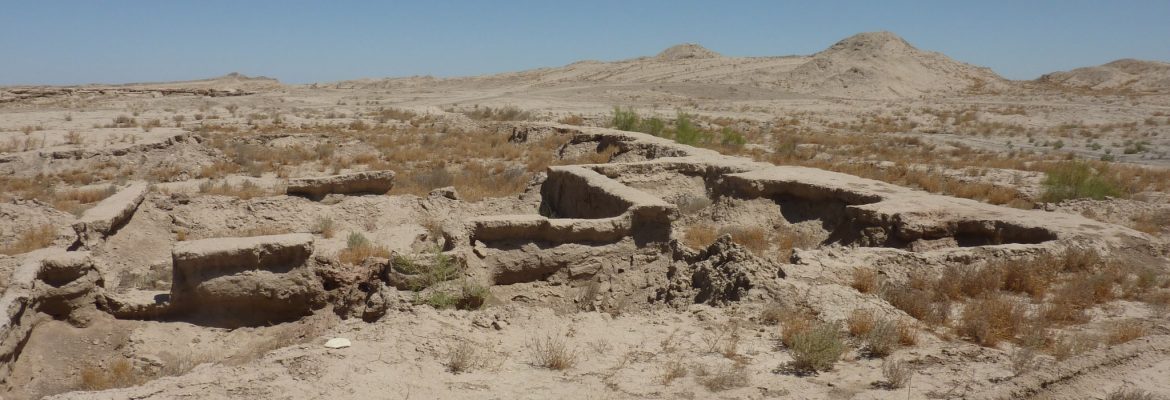Gonur Tepe, Turkmenistan
Long before Merv raised its first tower, Bronze Age villages were assembling along the Murgab River in what is called the Margiana Oasis. The greatest of these ancient settlements, currently being excavated around Gonur Depe, has stunned the archaeological world for its vast area and complex layout.
The Royal Palace and necropolis are the most fascinating sites to visit.
The discoveries were first made in 1972 by Russian-Greek archaeologist Viktor Sarianidi, who still works at the site, continually uncovering new findings. Sarianidi considers Gonur to be one of the great civilisations of the ancient world and while this claim may be disputed, it is a fascinating site. What is certain, is that Gonur is one of the oldest fire-worshipping civilisations, parallel to the Bactrian cultures in neighbouring Afghanistan. The first agricultural settlements appeared in the area around 7000 BC, developing a strong agriculture. It is believed the city was slowly abandoned during the Bronze Age as the Murgab River changed course, depriving the city of water. The current excavations have been dated back to 3000 BC.
Sarianidi believes that Gonur was the birthplace of the first monotheistic religion, Zoroastrianism, being at some point the home of the religion’s founder, Zoroaster. The adjacent sites have revealed four fire temples, as well as evidence of a cult based around a drug potion prepared from poppy, hemp and ephedra plants. This potent brew is almost certainly the haoma (soma elixir) used by the magi whom Zoroaster began preaching against in Zoroastrian texts.
Gonur is a two-hour drive from Mary and you’ll need at least two hours there. A 4WD is required as the final 20km of road is little more than a rough track in the dirt.
Epic Turkmenistan Culture & Adventure Route © Monika Newbound


